Memorial Day is now disappearing in the traffic behind us (though my calendar notes that yesterday, May 30, was the traditional date for the same), but what are dates? As a wise person once remarked, for Gold Star families every day is Memorial Day.
In any case, many nations commemorate their fallen with masses of marble, eternal flames, and other worthy symbols of pride and humility. Italy has the “Altare della Patria,” or Altar of the Fatherland, in Rome.
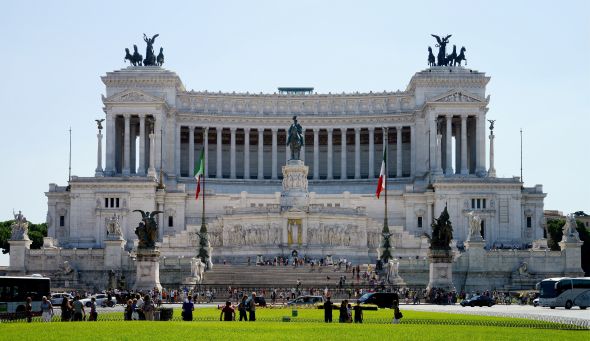
And then there is a schlumpy little chunk of some kind of stone that was sitting in a tangle of green-and-brownery at Sant’ Elena. This last bit of Venice before the Adriatic Sea isn’t known for monuments, unlike the rest of the most-beautiful-city-in-the-world up the street. But in fact the whole neighborhood is a sort of memorial to World War I, its streets named for generals, battlefields, dates and exploits. And there is also this cube on which two words were long since incised: MILITE IGNOTO (MEE-lee-teh Ih-NYAW-to). Unknown soldier.
Lino came across this relic a few months ago, and was startled and more than a little offended. Not that he makes a cult of military cenotaphs, but he stated clearly that he saw no point in having such a significant object if it was just going to lie there, neglected and forgotten. He said this also to a few other people too, especially to some of the officers at the nearby Scuola Navale Militare Francesco Morosini, where he teaches Venetian rowing.
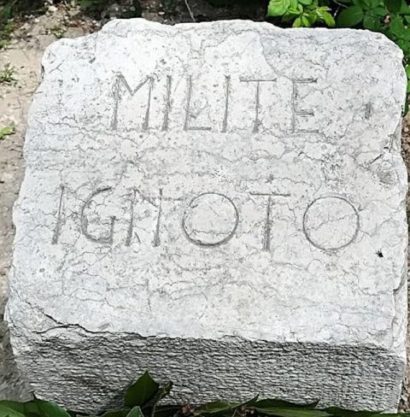
Most comments float away like dandelion fluff (if you’re lucky), but Lino’s particular comment stuck somewhere because a cultural association devoted to World War I entitled the Associazione Cime e Trincee (Peaks and Trenches) got to work, and last Sunday the newly furbished memorial was rededicated in the sight of God and a small but trusty company of assorted veterans.
This ceremony wasn’t matched with any particular date — they could have waited till Saturday and combined emotions with the national holiday commemorating the founding of the Italian Republic. But they did it on Sunday, and we went. We felt mystically involved, even though we still haven’t found out how the notion of bringing the stone back to life, so to speak, ever occurred. It’s enough that it happened.
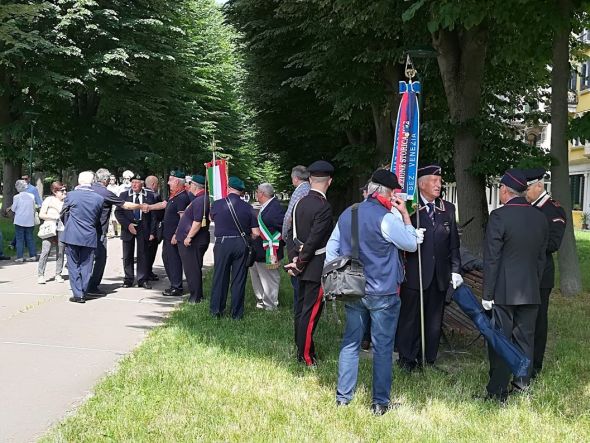
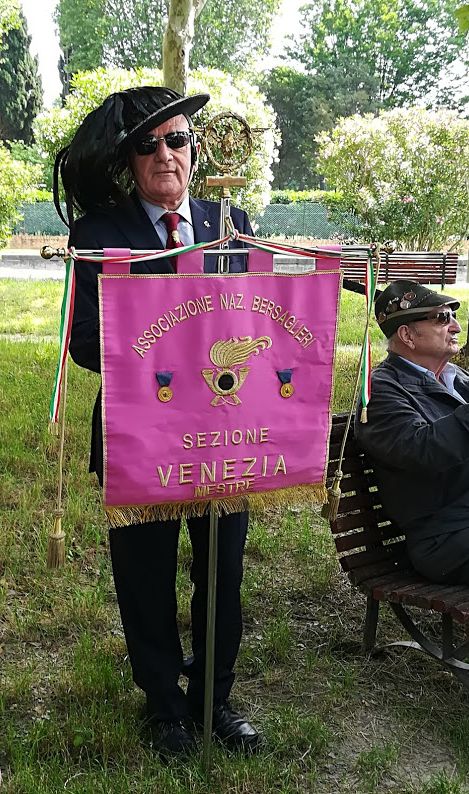


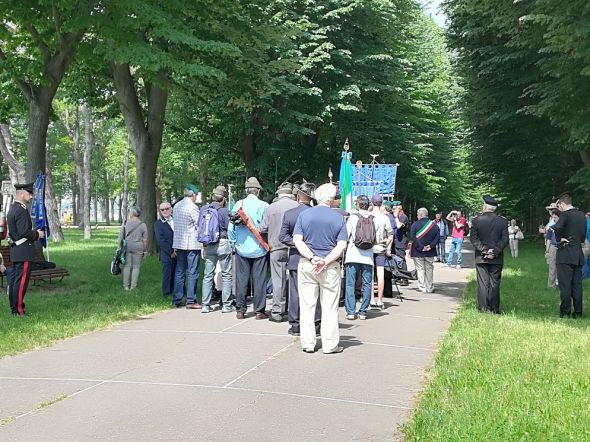
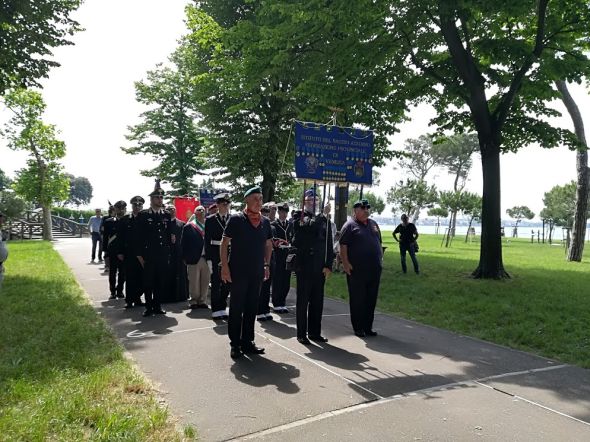
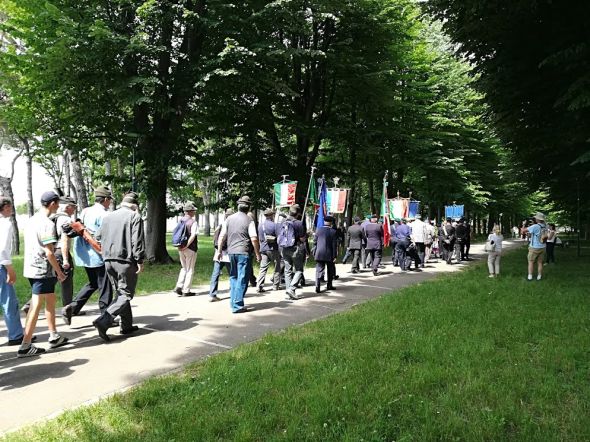
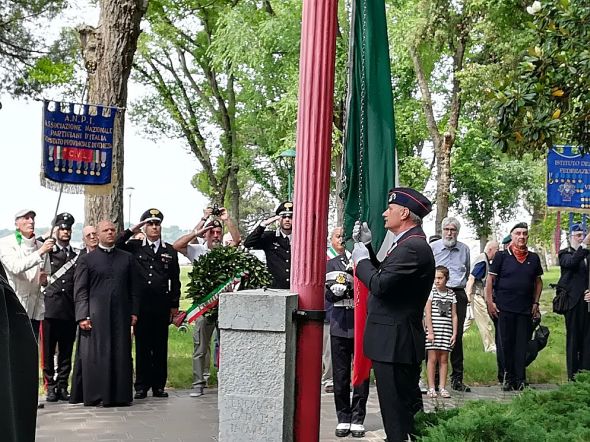
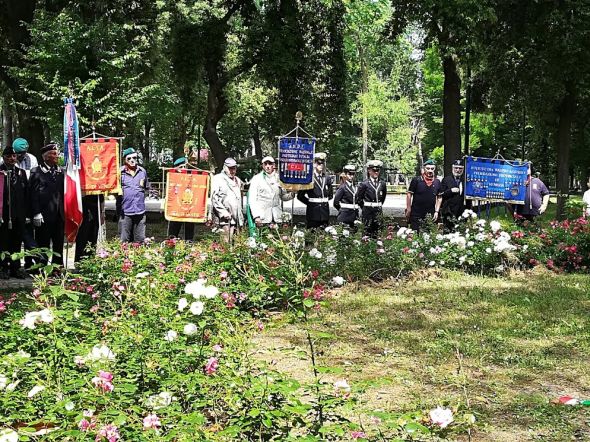
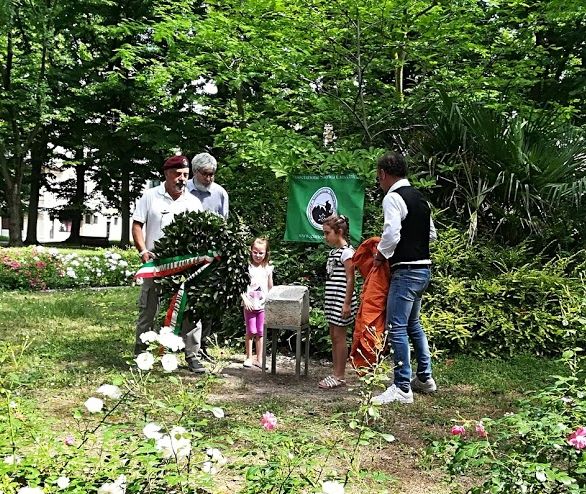
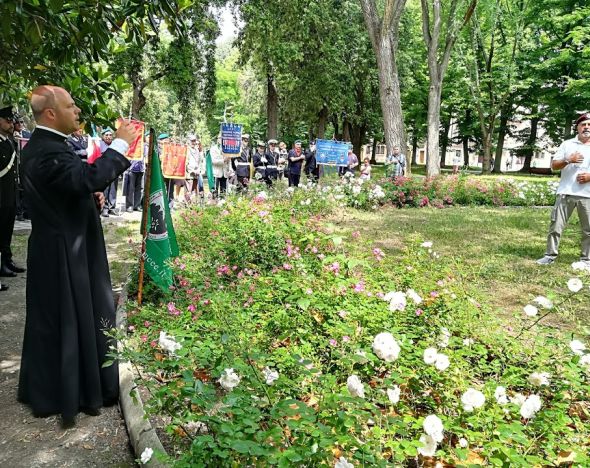
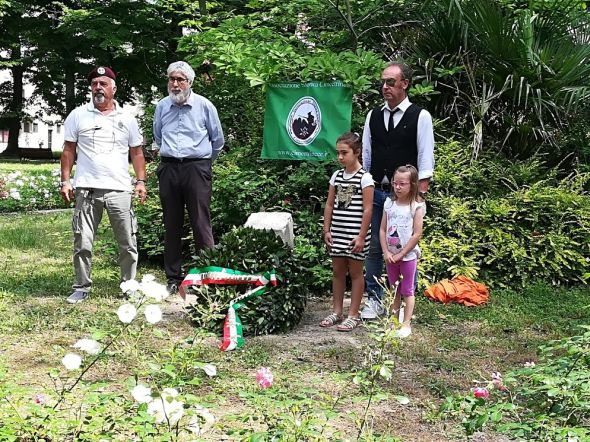
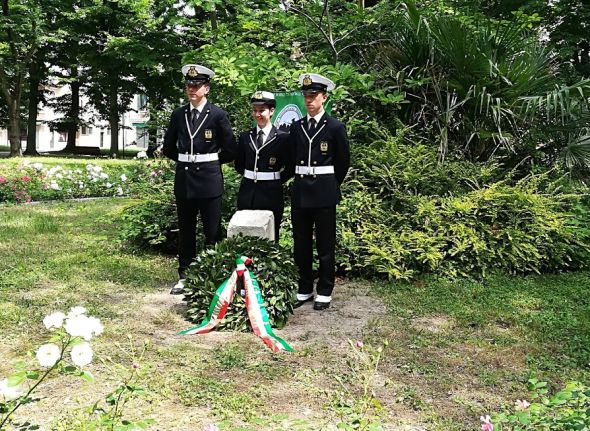
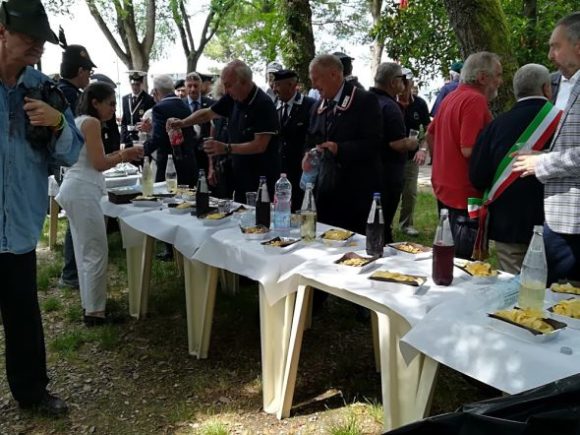
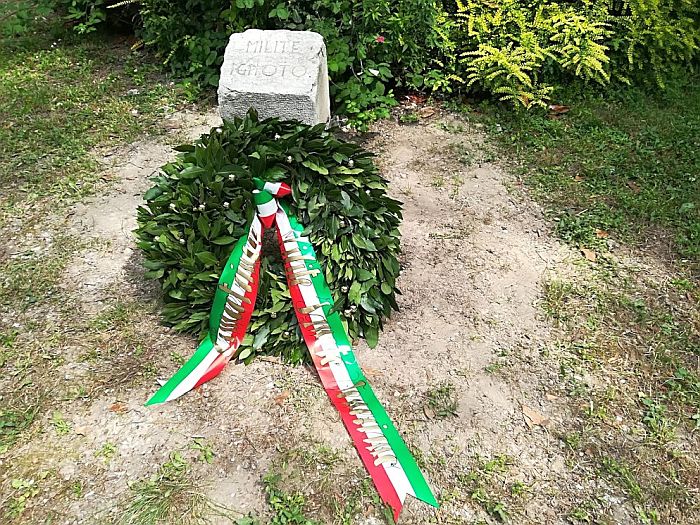

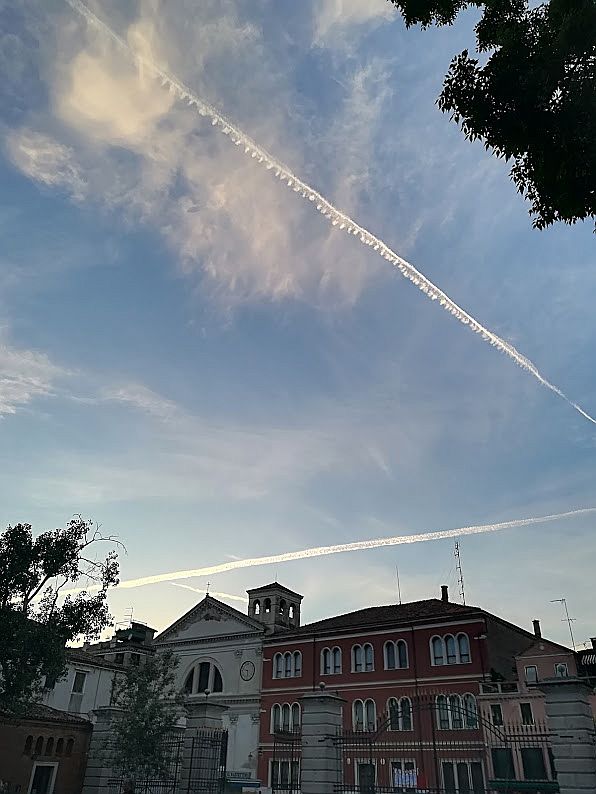
3 Comments
love it! every last captioned photo of it! Small town living is the best. (The marching band that does duty in Sant’Erasmo brings tears to ones eyes…)
I love the Sant’ Erasmo marching band also (do they march, actually??). And I love all three of the pieces they play. But the tears they bring to my eyes may not be the ones you’re referring to…….
Beautiful story. Thank you. Your photographs and stories of Venice offer a unique way to keep in touch with this incredible city I fell in love with a few years ago.